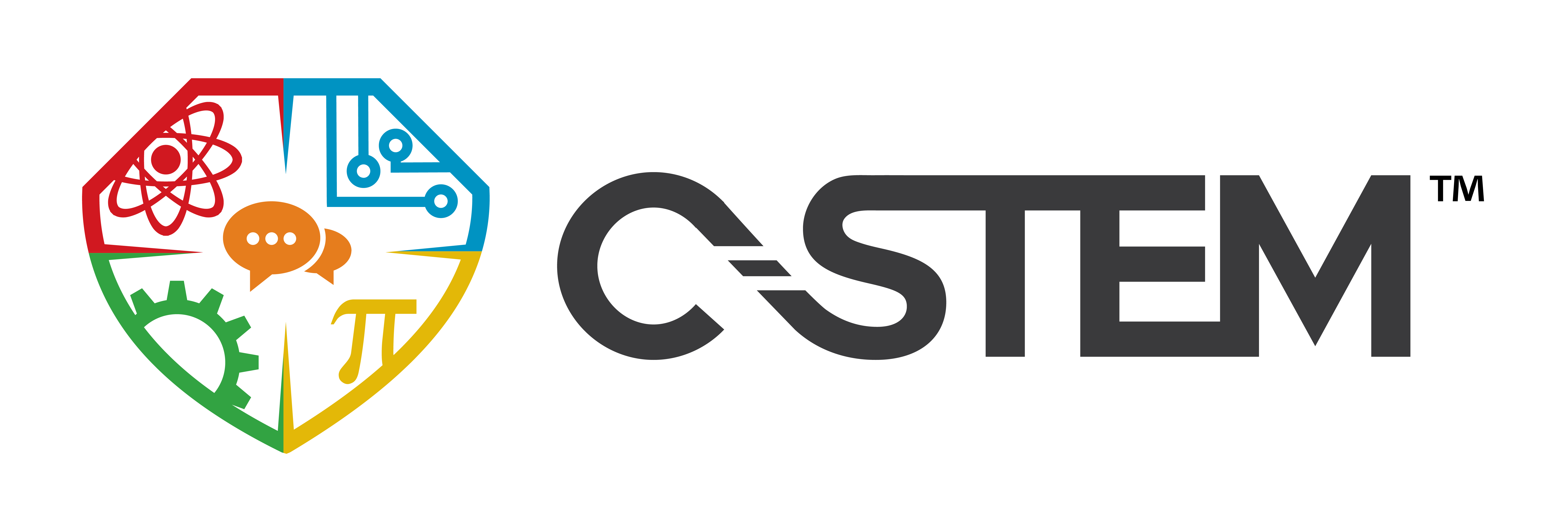Written by: Reagan Flowers, Ph.D.
It’s no secret that women have long been underrepresented in STEM careers, but recent numbers show another problem. Since the 1990s, the number of women in these careers has increased. But, unfortunately, they have stayed relatively the same over the last decade. All this is in light of the fact that, in the coming years, there will be more tech jobs available than qualified candidates. So let’s take a look at how we can take action to help females take advantage of these opportunities.
Female STEM Worker Growth Stalled in Recent Years
Let’s look at the data. As of 2019, women made up 48% of the workforce but only 27% of STEM workers. This number has remained relatively the same since 2010. Specifically, the number of women in science and engineering rose from 23% in 1993 to 28% in 2010 but has stalled since. During the same period (1993-2010), female biological, agricultural and environmental life scientists doubled.
These numbers do not include healthcare, where females represent much higher numbers. In fact, in 2019, 36.3% of physicians and 50.5% of medical students were women. The higher numbers are promising, but we still need to increase STEM equity in other areas. In particular, data science, computer science, and engineering are crucial to every industry and career field in the future, including healthcare.
The disparity we see is often attributed to social bias and lack of representation. Specifically, environments that remain the same from elementary school to the workforce are contributing factors. We can no longer accept institutions built on the assumption that women are not interested in or made for these types of careers. Unfortunately, many of these biases still exist, from how schools provide career guidance to “boys’ clubs” still found in tech careers.
Early Exposure to STEM Careers
As with most subjects, early exposure to STEM makes a long-term difference. States like California that are making computer science a requirement see students pursue different opportunities later on. This is especially true if students begin studying computer science before 8th grade – the earlier, the better.
I believe in the value of early exposure so much that it’s a core reason that I founded C-STEM. We see the results firsthand every time we hear of a C-STEM alum who accepted an internship, earned a scholarship, or progressed in a STEM career.
COVID-19 significantly impacted supplemental STEM learning options, but we believe these offerings are essential for girls, underrepresented, and underserved students. In particular, girls of color or those from impoverished areas are unlikely to receive early exposure to STEM in their schools.
Supplemental programs, camps, and webinars can help. The upside of COVID-19’s impact over the last two years has made available more virtual offerings. Virtual learning provides more opportunities to connect with STEM for those who may not have a lot of local offerings.
For those who may not readily have access to the internet, it’s great to see in-person camps, webinars and programs returning. These events also provide students with opportunities to meet STEM professionals face-to-face and form connections with others in the local STEM community. These interactions and connections can help keep students interested in STEM over the long term.
My mom says that is the only online pharmacy she can trust because her doctor says it’s the best. She’s been buying meds there for a couple of years. Recently, I needed to refill my Valium prescription and decided to take my mom’s advice about . She was so true! The price was great, and the pills were delivered in just a couple of days.
We must continue to help young women focus on their strengths. Research has even when assessments have proven females will be successful in STEM careers; they often count themselves out because of inherent cultural biases. Research also found that female students had more than ten times more aptitude than interest in careers in architecture and engineering but were only encouraged to focus on interests, not their ability with career planning. The way this looks as a society needs to change.
Preparing Students Along the Way
Exposure to STEM opportunities and education early on is just the beginning. We need to do everything we can as a STEM community to help females along the way. Exposure to opportunities can include providing resources on how to succeed in college STEM courses, when female students often abandon the STEM path, and how to get crucial internships.
At the college level, preparing women with job skills like how to negotiate salary will be crucial. Unfortunately, women in STEM jobs tend to earn less than men, about 74% of what men do. This disparity is another bias that may discourage women from entering STEM fields.
We have much work to do to close the gender gap in STEM occupations. However, I know that it is possible and necessary. In addition to the equity, we strive to create, the more diverse the STEM field is, the more world-changing solutions we will see come out of it. A diverse, equitable STEM workforce incorporates a wide range of perspectives that lead to more significant innovations—a future to look forward to, more inclusive representation across STEM sectors.







